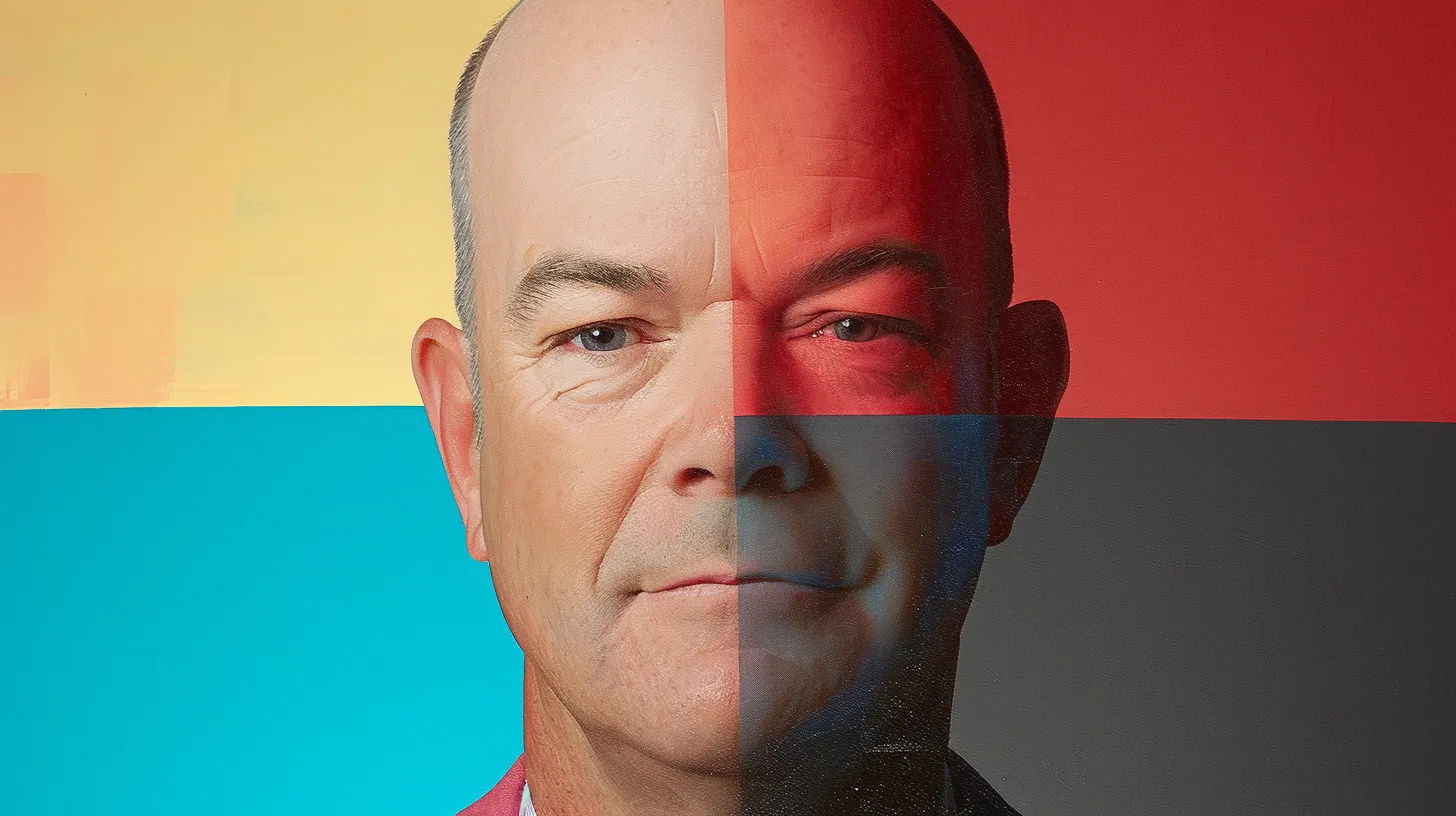.webp)

When petroleum giants Conoco Inc. and Phillips Petroleum Company merged in 2002 to create ConocoPhillips, the fledgling firm's Board of Directors selected former CEO of rival Amoco, Archie Dunham, to lead the newly combined entity.
Bringing over three decades of experience, Dunham was seen as a steady hand to guide ConocoPhillips during the challenging early years of integration.
At the outset, Dunham focused on realizing operational synergies from merging the sizable upstream exploration and production assets of both legacy companies.
Major cost-savings were achieved by eliminating redundant corporate and administrative roles, right-sizing field operations, and leveraging economies of scale in key equipment purchasing agreements.
By aggressively divesting lower margin refining and marketing assets during a period of record-high oil prices in 2003-2004, Dunham also directed capital to expand ConocoPhillips' higher growth production and development projects domestically and overseas.
Earnings steadily improved during his tenure even as the firm took on significant acquisition debt.
However, some criticized Dunham for the decision to locate the firm's new corporate headquarters in Houston rather than in Phillips' traditional base of Bartlesville, Oklahoma—a move that resulted in job losses and economic impacts for the small community.
Dunham also drew flak from stakeholders as ConocoPhillips' environmental and safety record flagged in the drive towards rapid expansion.
So while financial gains were made, Dunham exited with mixed results—establishing scale but at some cost to staff and reputation. His successors would be left to focus on the cultural integration and responsible development he did not fully achieve.

When Archie Dunham retired in 2004, his deputy James J. Mulva was seen as a natural successor given his three decades of experience in various senior roles at Phillips Petroleum.
As CEO, President, and later Chairman, Mulva picked up where Dunham left off—continuing an ambitious expansion strategy aimed at cementing ConocoPhillips' status as an "integrated energy giant."
Mulva significantly bolstered the company's production profile with over $50 billion in acquisitions between 2004-2012.
Key purchases included interests in Canada's oil sands, the Russian company Lukoil, as well as major domestic shale and natural gas producers like Burlington Resources. Earnings and outputs surged during the period of peak oil prices in 2008.
However, this growth came at an environmental cost as emissions ballooned, while safety and spill incidents increased with new complex offshore drilling projects.
Mulva also directed an ill-timed $35 billion in capital expenditures just as the Global Financial Crisis caused oil prices to slump after 2008.
Cost overruns and falling profits led Mulva to ultimately break up ConocoPhillips into separate production and refining companies in 2012.
So while Mulva substantially grew production, critics argued he pursued scale at the expense of financial discipline, worker safety, and environmental stewardship.
But Mulva's backers contend his investments set up ConocoPhillips' upstream assets well for the coming US shale boom. His mixed legacy was carried forward by protégé and successor Ryan Lance.

When Ryan Lance took over the reins as CEO in 2012, he inherited a newly streamlined ConocoPhillips focused strictly on exploration and production after the spinoff of its refining arm just weeks earlier.
This strategic clarity allowed Lance to hone investments in the company's most promising oil and natural gas plays.
Lance's first years centered on improving the firm's financial flexibility after years of his predecessors' costly acquisitions.
By shedding non-core assets and negotiating key joint ventures, Lance directed ConocoPhillips' capital towards the American shale fields. Major investments were made in the oil-rich Permian Basin and Eagle Ford fields when prices rebounded after 2016.
The focus on North American unconventionals paid off handsomely when the COVID-19 crisis cratered oil prices globally.
While peers struggled, ConocoPhillips leaned on its low-cost shale assets and best-in-class breakeven prices to turn profits. Lance also moved early for big emission cuts, industry-leading methane reduction targets, and investments in offset carbon sequestration—improving ESG metrics key to securing future financing.
A decade in, Lance’s strategy has made ConocoPhillips a leader among independent E&P firms in profitability and sustainability.
But this performance record has been called into question given recent economic uncertainty and demand concerns. If prices stay low or new fields fail to deliver, Lance may face pressure from shareholders and climate activists alike. His legacy remains unfinished.